Aida Mahmudova doesn’t mention her art much. Despite working as a prominent artist in Azerbaijan, it’s clear that YARAT, the not-for-profit organisation which she founded in 2011, holds a resonance that transcends her own creativity. On the eve of YARAT’s ‘Love Me, Love Me Not: Contemporary Art from Azerbaijan and its Neighbours’ (at the Heydar Aliyev Center, Baku, until 25 May), I spoke with the artist, curator and entrepreneur about the complexities of Azerbaijan’s emerging art scene.
Grace Banks: In 2013 you debuted ‘Love Me, Love Me Not’ at the Venice Biennale. Why have you have brought the show back to Baku this year?
Aida Mahmudova: ‘Love Me, Love Me Not’ is YARAT’s biggest project to date and we are delighted with how it has been received. It seemed fitting to bring it to local audiences in Baku to share the success of this internationally acclaimed project with those closer to home. To present the exhibition in the strikingly contemporary Heydar Aliyev Center seemed a perfect fit.
GB: Are you trying to keep the mood of the show authentically Azerbaijani?
AM: YARAT are of course based in Baku; the city and its people are central to our activities. The concept of the show is to bring the culture of Azerbaijan side by side with those of its neighbours: Iran, Russia, and Georgia. Zaha Hadid’s [Heydar Aliyev] Center is such a striking addition to Baku’s architectural landscape and a fitting location for an exhibition of such scope and broad international appeal.
GB: How is this ‘Love Me, Love Me Not’ different to last year?
AM: There are no perpendicular walls in the sweeping spaces of the Heydar Aliyev Center so naturally the works are arranged differently in the new space. Faig Ahmed’s cotton threads stretch right across the space and natural light pours through Farid Rasulov’s sculptures. My piece in the show, Recycled, is composed of window fragments I salvaged some years ago from a local derelict building, and incorporates multiple reflective surfaces. These mirror the environment in a really interesting way that I couldn’t have foreseen while making the work.
GB: You mention the Heydar Aliyev Center, designed by Zaha Hadid. Does location play an important role in the YARAT shows?
AM: Zaha Hadid has admirers and critics in equal measure but I personally find her work interesting. Her designs seem to sweep, melt, and fold over the landscape. The Heydar Aliyev Center is one of Zaha’s most ambitious buildings to date.
GB: We’ve spoken before and you’ve described YARAT as a move to provide Azerbaijani artists with an international platform in the western art world. Is this something you feel you achieved in 2013?
AM: The Baku presentation of ‘Love Me, Love Me Not’ attracted a new wave of critics and collectors to the city and it has been great to have this interest on our home soil. We had people flying in from across the globe to attend the opening, and the exposure of Azerbaijani artists, and of Azerbaijan’s contemporary art scene, has rapidly increased, which I am delighted to see.
GB: Are the young artists YARAT works with becoming commercially successful?
AM: Certainly, yes. YARAT artists were also represented at Art Dubai in 2014, which allowed increased exposure to the international art world. These included Orkhan Huseynov, whose work is in ‘Love Me, Love Me Not’. Faig Ahmed was shortlisted for the third Jameel Prize last year and his work was subsequently exhibited at the Victoria & Albert Museum in London. Faig has been part of YARAT since our inception.
GB: There aren’t many women in the list of participants in the 2014 show…
AM: The status of the female artist in Azerbaijan is not very different to the status of the female artist in any other country. Dina Nasser-Khadivi, the curator of the exhibition, chose works she considered representative of the concept of the show, and it does so happen there are more male than female artists on average in the country. Azerbaijan is a progressive country for the region; Azerbaijani women were granted the vote as early as 1919.
GB: What will the rest of this year hold for YARAT?
AM: YARAT will open a new dedicated arts centre, with exhibition galleries, an education department, artists’ studios and a library too. We will also be launching an international conference that draws together experts from across the art world and brings a project to the Venice Biennale for 2015.
GB: Will we see a ‘Love Me, Love Me Not’ in 2015?
AM: We will have to wait and see.
‘Love Me, Love Me Not: Contemporary Art from Azerbaijan and its Neighbours’ is at the Heydar Aliyev Cultural Center, Baku, Azerbaijan, until 25 May.
YARAT is a not-for-profit organisation dedicated to supporting and promoting Azerbaijani art.
Unlimited access from just $16 every 3 months
Subscribe to get unlimited and exclusive access to the top art stories, interviews and exhibition reviews.

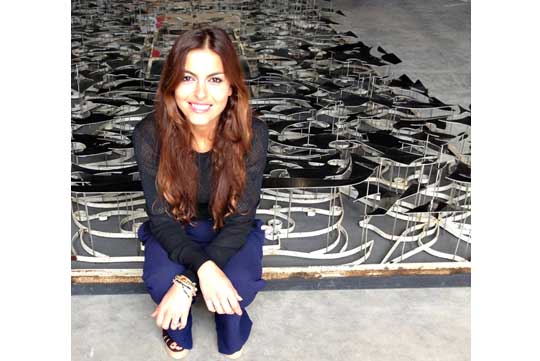
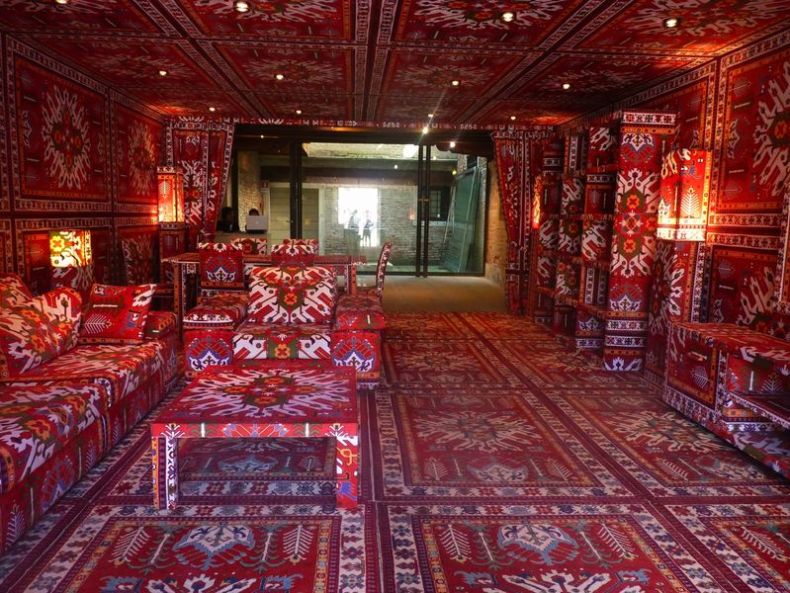
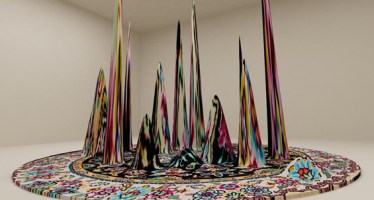
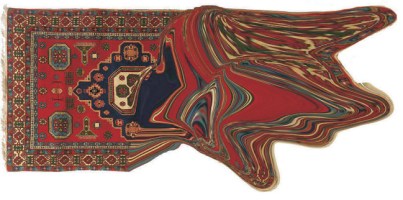
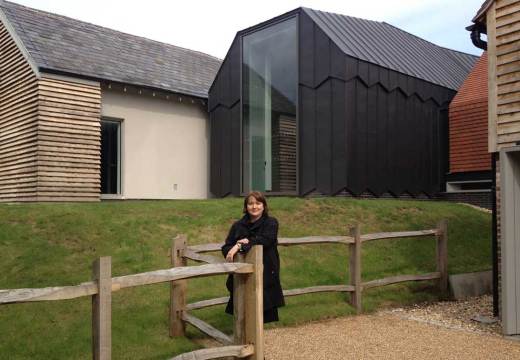
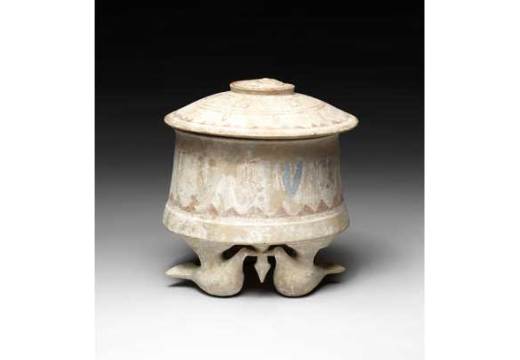
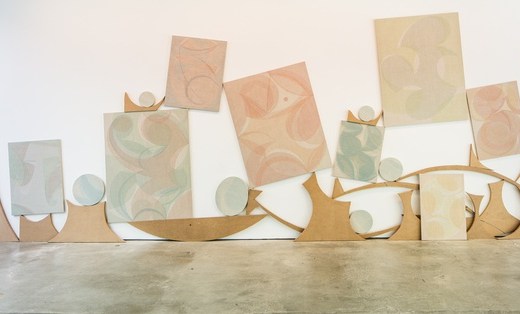









![Masterpiece [Re]discovery 2022. Photo: Ben Fisher Photography, courtesy of Masterpiece London](http://www.apollo-magazine.com/wp-content/uploads/2022/07/MPL2022_4263.jpg)
It’s time for the government of London to return to its rightful home